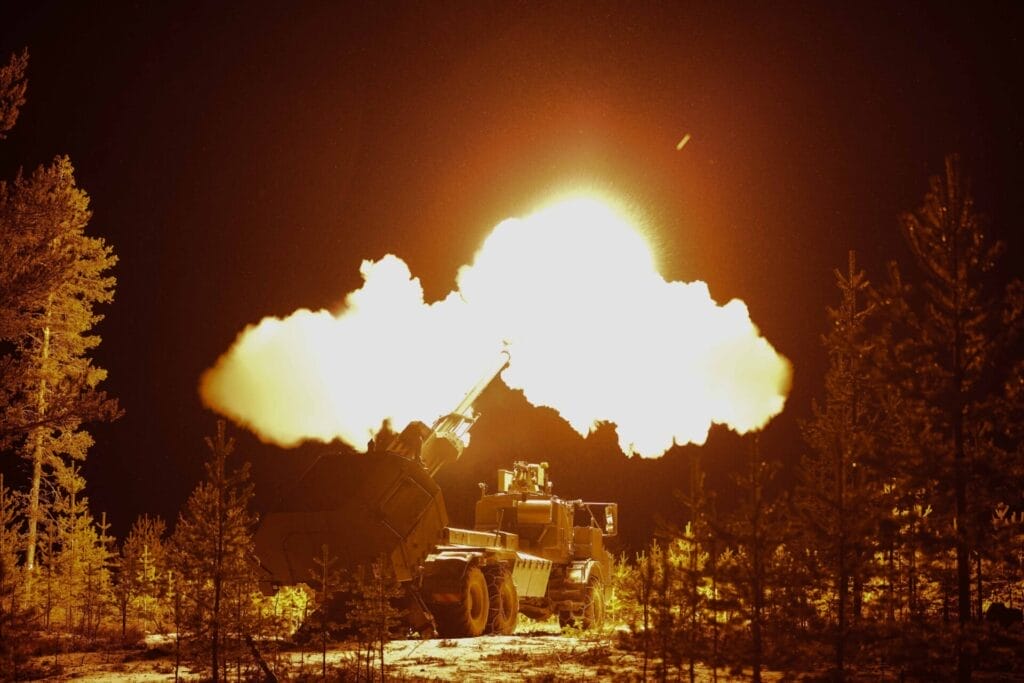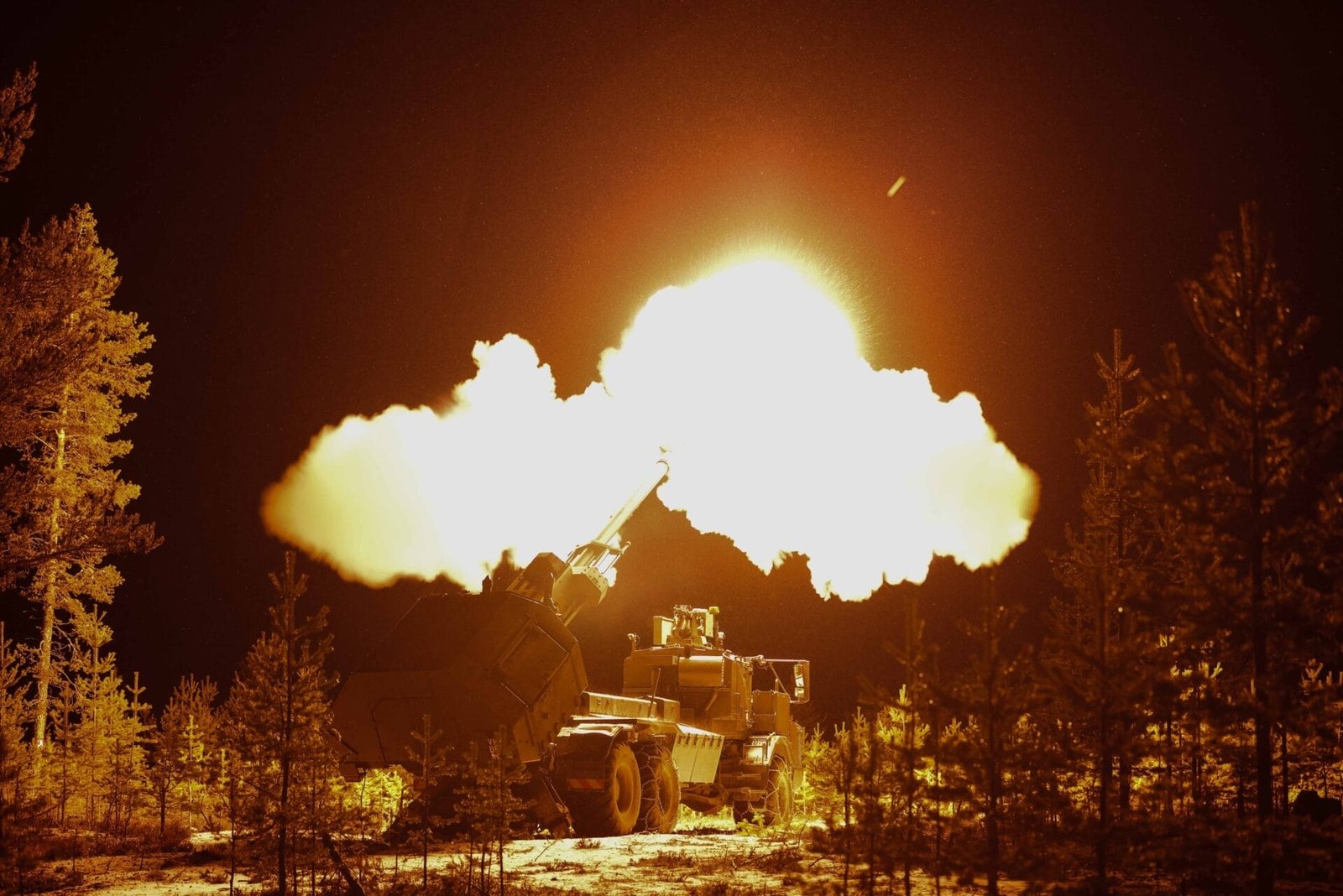In the United Kingdom, the Secretary of Defence, the Honorable John Healey, has announced the establishment of the Cyber and Electromagnetic Command and a substantial investment in the Digital Targeting Web.

Cyber and Electromagnetic Command
The new Command for cyber and electromagnetic security will oversee computer operations for Defence, accelerating career paths. The Command will lead the cyber defence operations and coordinate the cyber attack capabilities with the National Cyber Force. The new Command will also leverage all the experience of London’s Armed Forces in electronic warfare, helping them to take and maintain the initiative in some sort of race to achieve military dominance, for instance by degrading command and control, disrupting signals directed at drones or missiles, and intercepting an adversary’s communications.
Over the past two years, British defence has recorded and thwarted over 90,000 cyber attacks on the UK’s military networks. The new Command will be a true nerve centre of British defence where the best digital talents will be employed and significant resources invested.
The Digital Targeting Web
Over 1 billion pounds will be invested in the pioneering Digital Targeting Web to guide battlefields engagements, applying lessons learned from Ukraine to the UK Armed Forces, a system that will enable the identification and elimination of enemy targets early. The Digital Targeting Web will allow better interconnection of the British Armed Forces’ weapons systems and allow commands to make and carry out battlefield decisions faster to counter enemy threats. This pioneering digital capability will offer the UK a decisive advantage thanks to a greater integration between the different realms, new artificial intelligence technologies and software, and improved communication among the British Armed Forces.
As indicated earlier, this technological turn has been largely determined by the warfare experience gained in the ISR and targeting sector by the Armed Forces of Kiev. Over these three years of conflict, thanks to the use of technology and Artificial Intelligence algorithms that allow data fusion, have demonstrated to have shortened the timings between the discovery and the engagement of threats, whilst simultaneously improving the accuracy of medium and long-range artillery fire.
The Strategic Defense Review (SDR) recommends that the MOD implement the Digital Targeting Web by 2027.
Source: Ministry of Defense of the United Kingdom (UK MOD)
 Foto credit @British Army
Foto credit @British Army


